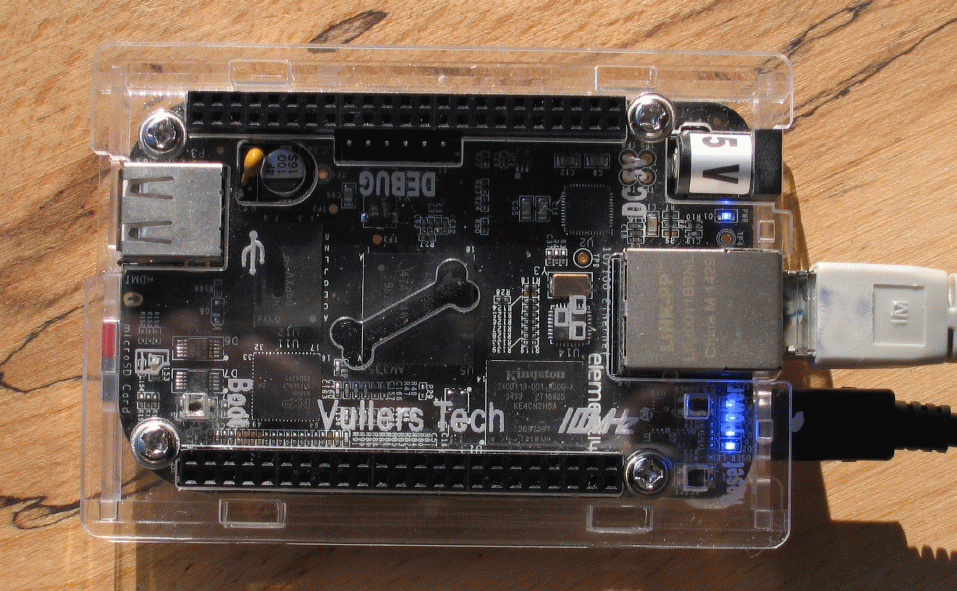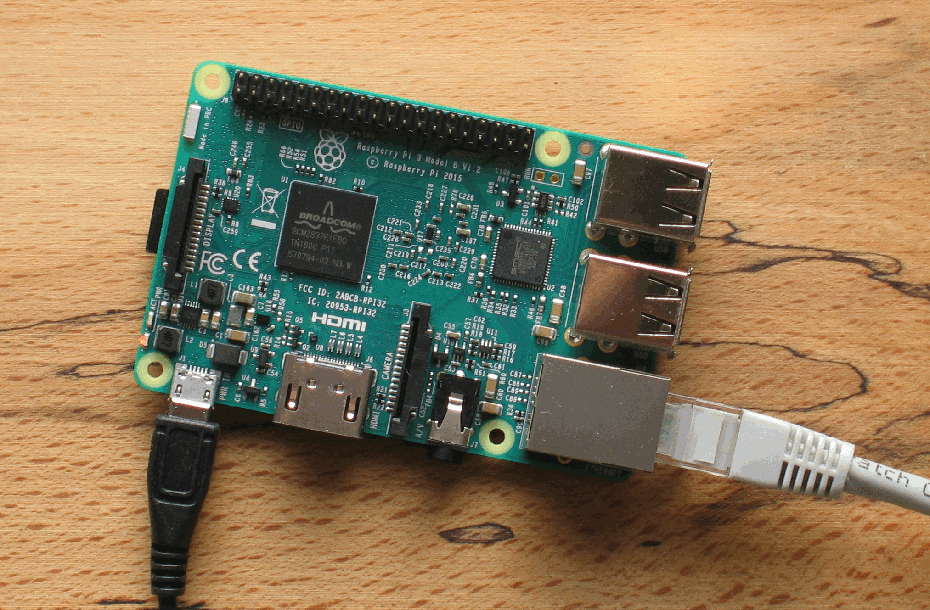What Does a NSA Backdoor Look Like?

For a time there was only speculation how backdoors are being implanted to weaken encryption and to subvert trust in secure online communication. This has all changed with the latest revelations about NSA's advanced spying capabilities, a catalogue of ready-made backdoor tools for almost everything.
There are a number of requirements a good backdoor has to meet to become an efficient surveillance tool for the NSA and other like-minded organisations.
First, and most importantly, it has to work quietly and must not be easily detectable.
This excludes everything with a noticeable impact on the usual functionality of a computer system. Side-channels are perfect for this purpose, as they leak sensitive information about encryption keys to an attacker mainly unnoticed. Anyone looking for signs of huge impact is looking in the wrong place.
Then, backdoors must hide as innocently as possible. For someone looking for vulnerabilities in computer systems a deliberate backdoor must look like an innocent mistake and the knowledge about its existence need to be kept secret by those few people that need to exploit the backdoor.
Fortunately, this is what has gone fundamentally wrong with the catalogue of backdoor tools. A backdoor known to the public, is of far less use, as people can and hopefully will make informed decisions and try to avoid risks, if they have a choice, of course.
How To Weaken A Cryptography Standard
An interesting example how a crypto standard can be weakened deliberately came with the DUAL-EC-DRBG random number generator. Random numbers are essential for the security of every crypto system, so if the output of a random number generator is predictable, the system is essentially broken.
There is a very knowledgeable video in which Professor Edward Frenkel explains how influencing a standard can put someone with intimate knowledge into the pole position when it comes to subverting an encryption process. What the NSA did was persuading the crypto community through NIST to use two large numbers that look totally random to everyone except the NSA to produce secret keys for email encryption. So they didn't actually break the encryption algorithm but they could figure out which key was being used after having observed some output of the random number generator they had backdoored.
For years this backdoor remained undetected because it was a perfect example for an innocent, helpful act of benevolence to provide the two numbers through an approved standard.
Looking At Not-So-Innocent-Looking Backdoors
With the publication of the backdoor tool catalogue there is evidence that for a number of years the NSA and others have implanted backdoors in almost every device they could get their hands on.
One of the most prominent targets have been Dell PowerEdge and HP Proliant servers, whose BIOS code has been abused to load spy-software into those machines. The BIOS is a pretty nice place to hook the implant as it will periodically be activated and thus will survive any operating system upgrade. The NSA calls this a "Persistent Backdoor" (PBD) which has been inserted into Huawei and Juniper firewalls and routers at the BIOS level as well.
As a consequence, most of the internet infrastructure can be seen as potentially compromised.
But there are similar attacks on hard drives, that provide BIOS-like firmware that can be modified to insert a backdoor. Infected hard drives will first execute spy-software before resuming with the original operating system boot process, as the malicious code has been loaded into the hard drive's "Host Protected Area".
The list continues with mobile phone BIOS exploits and even a GSM tower that is used to provide a "GSM Telephone Tripwire" to the NSA. The list goes on.
The Value Of Trust In The Internet Age
By now it's evident that these activities have seriously damaged the internet infrastructure and have irreversibly subverted the trust in that infrastructure. The damage done is that this surveillance and subversion has made the internet less secure for all of us.
To change the whole situation, I won't put much hope in the inevitable efforts to harness the power of those organisations gone mad, because if proper and effective oversight will ever happen, it won't undo the damage, making exploitation easier for others who won't be impressed by NSA oversight.
Likewise, I don't like the conclusion that, given the current situation, we have to go on without any trust at all. Accepting that there will never be any trust in the internet smells too much like surrendering important values, which we shouldn't do as a society, because trust is the fabric on which progressive developments are founded.
And surveillance in itself is not the final purpose, it simply helps to manipulate people and finally leads to controlling them in a subtle way. Implanting a backdoor does not stop at snooping, after all it is the attempt to control my computer and to coerce me as a person to - unknowingly - do something I don't want to do. It is an attempt to own my will, to take away my freedom. And this is not acceptable.
Life without encryption is possible, but it makes no sense.
The Way Forward
It's not enough to demand an end to this blatant attack on our online security. We need to look for solutions that work against these threats. This won't be an easy task, because we have do find out practically which systems and procedures can be trusted and which cannot.
There's clearly a need for more transparency and proven methods to make sure our software works reliably the way we expect it to work. I think the justifications for using proprietary security solutions are gone. Even though it is not enough, demanding that security solutions always be open source is a necessary requirement.
And we as a society have to spend considerably more effort to scrutinize and validate the security mechanisms we have found to work for us. We have to take a stand for the position that secure solutions matter, no matter how indifferent or ignorant other people around us go ahead with their online lives.


